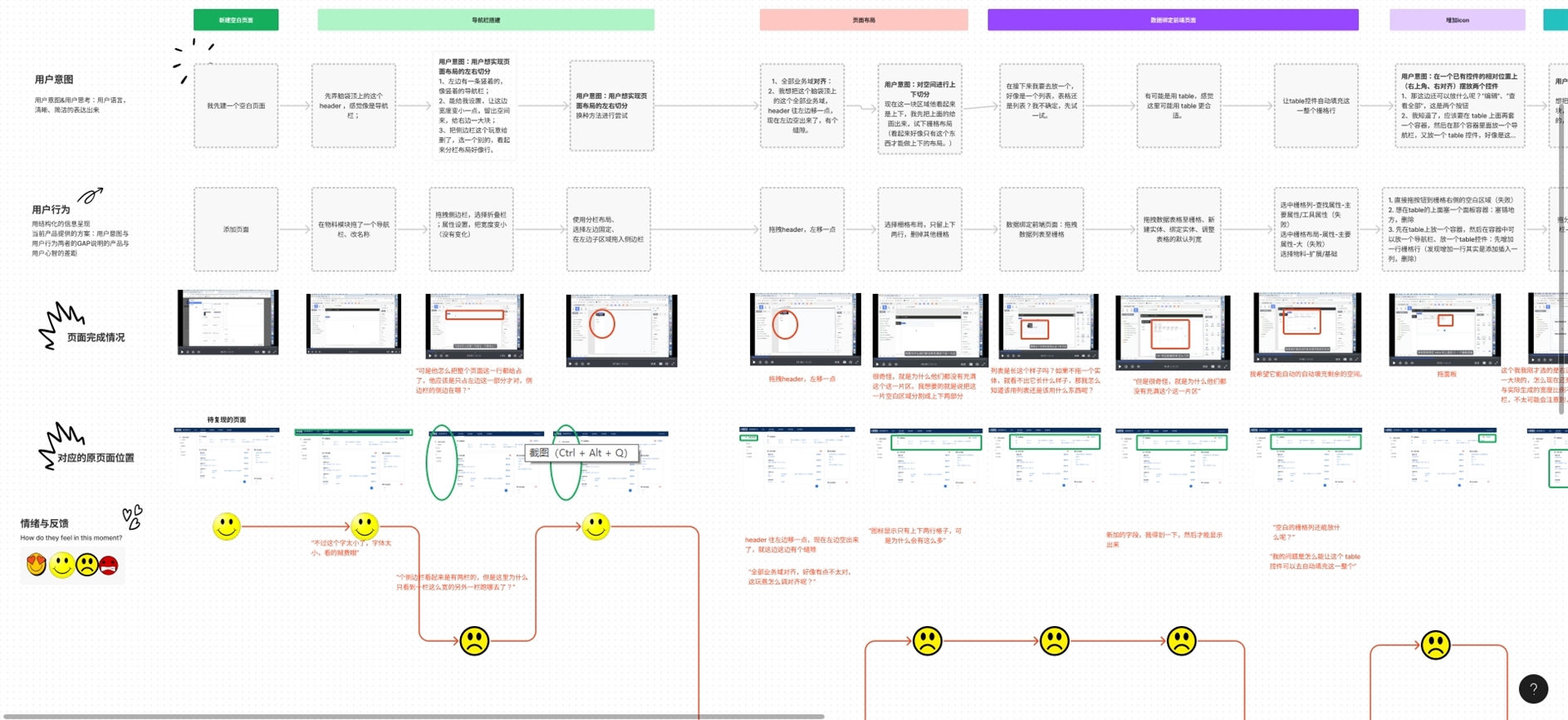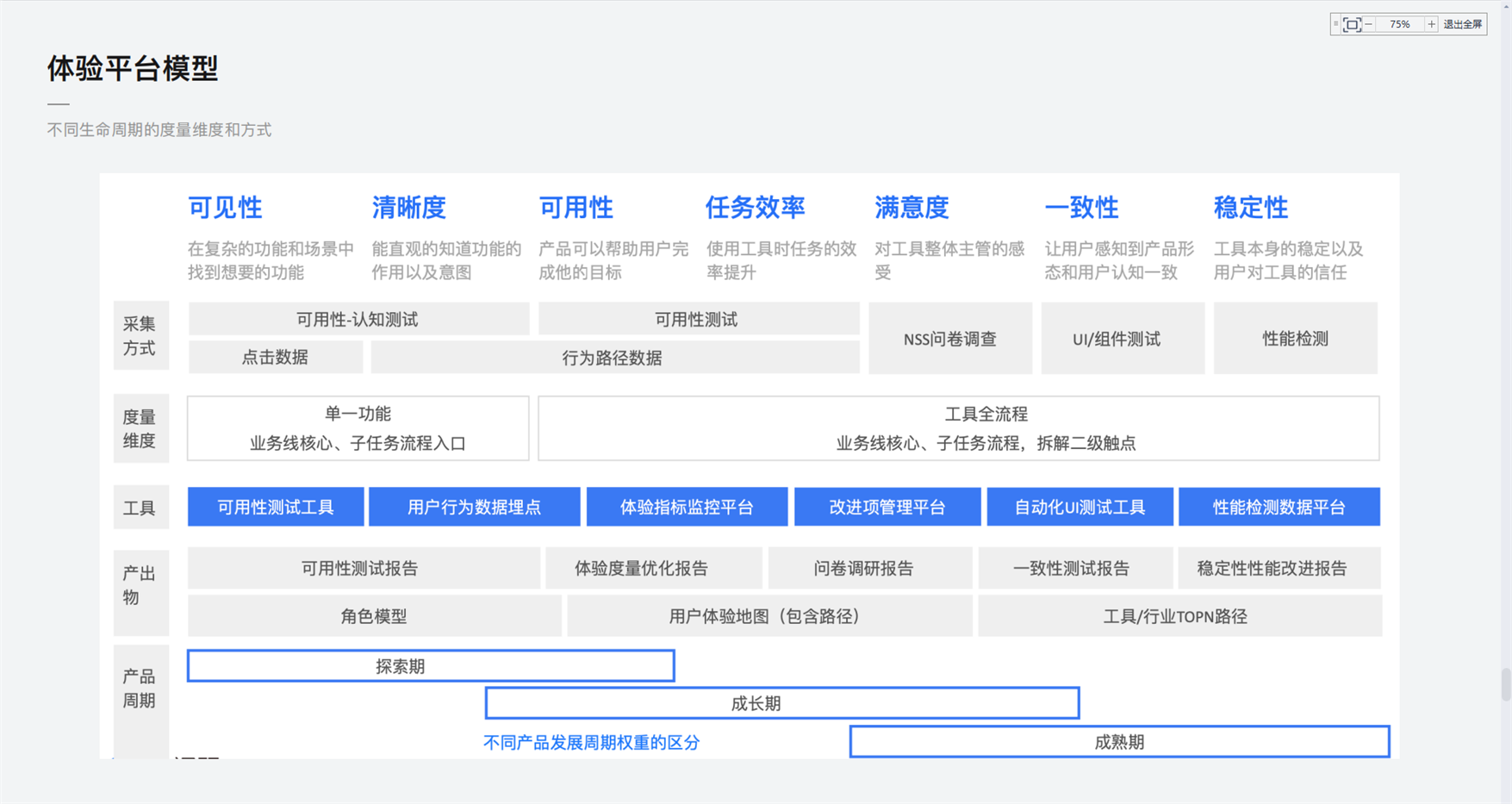-
 Xiang Yu
Netease
Head of user research
Xiang Yu
Netease
Head of user research
NetEase senior user researcher, has been working at NetEase for 6 years. He is mainly responsible for user research and strategic analysis of related products in many fields such as NetEase big data, low code, ToB official website, content community, and innovative product incubation. With rich experience in B-end and C-end, it currently focuses on the experience management and user insight projects of NetEase Shufan, forms scientific standards and specifications in the fields of NPS research and experience evaluation, and is committed to forming systematic products and solutions for user research methodologies, continuously excavating and exploring new tracks, and polishing more ingenious products.
Design concept: Believe that a good product experience can bring more business value, take user experience research insights as the starting point, and combine group research, industry analysis and strategic research to drive product success.
ToB Experience Evaluation - Insight - Management system, Driving Digital Business Development
The experience work of ToB digital products is mostly "passive aftercare", especially in the privatization deployment environment, often communicating and determining user needs by pre-sales or service support related positions, and after the product manager completes the definition of functional logic, it is handed over to the interaction designer and visual designer to complete the design execution. Under this traditional design work mechanism, there are often problems such as lagging experience optimization, difficulty in collecting, mining and positioning experience problems, difficulty in evaluating optimization effects, and difficult to measure experience value. Under the wave of industrial digitalization, NetEase has accumulated a series of design management methodologies based on the product design practice of B-end business.
Through this workshop, participants can realize how to standardize and efficient experience work by establishing an experience management tool platform and forming an experience team collaboration process and mechanism; How to take user experience as the starting point to build a professional and scientific experience measurement and evaluation system; How to form a systematic experience solution through the periodic experience monitoring and tracking- problem insight- optimization effect evaluation mechanism, so as to enhance the value and influence of design in ToB business and organization, change the passive state of design "back-drive", and realize self-driving and driving organization.
The main contents of this workshop include
1. The difficulties and dilemmas of the experience of digital products in enterprise services
1.1 Business perspective: lag, assessment positioning, information channels, value measurement
1.2 Team perspective: applicability flexibility, ability training, process management, experience awareness
2. Experience the collaborative process mechanism and tool platform to achieve refined experience process management
2.1 Experience the team process collaboration mechanism
2.2 UEM - Design Task Management Tool Innovation Brings Refined Management and Efficiency Improvement
2.3 Overmind Project Management and D-Box Design Collaboration Platform enable experiential project management and inspire design effectiveness
2.4 OKR system to achieve design goal management and synchronization
2.5 Experience ability cultivation and experience culture construction
3. Experience evaluation measurement system based on B-side scenarios and workflows to locate the experience shortcomings
3.1 Preliminary construction of experience evaluation index model
3.2 Subdivision index model combined with product characteristics
3.3 Experience problem insights, systematically integrating research methods within the framework of the experience management system
3.4 Design strategy output and execution
4. Continuous iteration of experience evaluation measurement and insight mechanism
4.1 Experience feedback channel mechanism
4.2 Dynamic effect evaluation mechanism of trinity
4.3 Cycle monitoring mechanism to build a closed loop of user experience management
1、Workshop Introduction: Content Summary and Background Introduction
2、Concept explanation: B-side experience collaboration process, experience evaluation measurement system, sustainable experience optimization mechanism, etc. sharing
3、Case Analysis: Explain best practices with low-code products as examples
4、Practical Interaction: Group Proposition Discussion & Sharing
5、Q&A: Q&A session
1、Mid-to-high-level product experience designer, interaction designer, visual designer
2、B-side user experience researcher
3、Internet practitioner, B-side product manager
1、Help experience practitioners and managers to establish a systematic experience management idea
2、Help experience designers understand the ToB experience collaboration process, tools, and methods
3、Help user researchers and experience designers to clarify the value of customer experience measurement systems and track-insight-evaluation mechanisms
4、Help product managers and experience personnel understand the methods and strategies for implementing experience-driven organizations
-
 User sentiment experience insight map
User sentiment experience insight map
-
 Platform experience model
Platform experience model
-
 Measurement Insight Assessment System Framework
Measurement Insight Assessment System Framework
-
 B-side experience difficulty
B-side experience difficulty








